Pentax Q-S1: small and trendy digital camera
Introduction
The Pentax Q-S1 is the latest arrival in Pentax/Ricoh’s line of miniature interchangeable lens cameras. This line is clearly aimed at young people who are looking for a trendy camera, as it does seem unmistakably retro and comes in 40 color combinations. Although I do not consider myself young, I must admit I was hooked when I saw them at Photokina last month.
Besides a body-only version, the Q-S1 come in 2 kits; one bundled with the Pentax 02 Standard Zoom and the second one both the standard and Pentax 06 Telephoto Zoom. There is now a total of 6 Q-mount lenses available for this system, ranging from toy glass to primes and a wide-angle zoom.
The Q-system is clearly meant to be a fun and creative toy primarily, and I guess that is what will attract most buyers to this system. It is capable of making lovely images of course, and even can save your images as RAW files. Having RAW allows you further creative freedom (and corrections) in an editor like Adobe Lightroom (which has profiles for the Q lenses). It also features a back-illuminated 1/1.7 inch CMOS sensor, which allows for greater light gathering capabilities than a standard CMOS sensor, hence better performance in dim light. So yes it’s a toy, but it’s a toy that is aspiring to be much more than the sum of its parts. Did I just sum up the plot of Toy Story?
It is minuscule though. To give you an idea, check out this image with the Pentax Q-S1 next to the Sony A7r.
Camera build
I was surprised with the build of the Pentax Q-S1. Although it is made out of plastic, the quality is exceptionally high for a camera this size.
You clearly notice that a lot of care and attention to detail has been given during the manufacturing process, and the paint job is finished to a high degree. All knobs and dials also have a reassuring ‘click’, signifying that it’s equally as well constructed on the inside. The kit lenses are another matter; they don’t only look like toys, but also feel like it.
Features and functionality
Both SD card slot (uses regular SD cards) and battery compartment are on the camera’s sides, very handy when using a tripod, and you need to change battery or SD card. On the bottom, you’ll find a USB and HDMI connector.
Keeping in line with the rangefinder style of cameras, the Pentax Q-S1 has lots of interesting hands-on buttons and dials.
On the front:
- A left-hand dial that allows you to apply a range of effects easily
- A dummy dial that is meant to give you more grip (works well)
On the Top:
- ON/OFF button
- A fully-featured mode dial to shooting modes from fully automatic to speed, aperture priority, fully manual, scene and movie modes
- Rotating dial to change settings like aperture and shutter speed (in those modes) on-the-fly
- Decent shutter button with a nice click
- Playback button for easily reviewing images
- Hot-shoe for a viewfinder or more powerful flash
- A built-in flash that works as-is and has a pop-up slider for a slightly extended range
On the back:
- A non-tiltable decent quality LCD screen.
- A flash compensation button to quickly change the power output of your flash if needed.
- Green movie record/trash image button.
- Four-way control panel to navigate the menu system, change ISO and white balance, turn on/off flash and self-timer.
- Info button allows for easy access to commonly used settings.
- Menu button for access to general settings.
Sensor and ISO performance
The Pentax Q-S1 uses a 12.4MP 1/1.7 inch backlit CMOS sensor. As I mentioned before, a backlit sensor will be able to gather more light than a traditional sensor this size. This technology has been around for a while now, especially in smaller sensors like this one, but Samsung is incorporating a back-illuminated APS-C sensor in the flagship NX1 camera.
About sensor size, in general: Your camera’s sensor determines how good your images look and how large you can scale or print them. If you don’t know much about camera sensors, bigger means better. And a 1/1.7 inch sensor is many times smaller than an APS-C or full frame sensor, so don’t expect real pro performance here.
About ISO: Going to a higher ISO number is telling the sensor to be more sensitive to light. A higher ISO will let you shoot with faster shutter speeds (used in low light), giving you less chance of movement blur. There is a downside to this, as you’ll see more noise in your images, and the higher you go, the lower quality your images will be.
You’ll often find ISO tests in camera reviews. These will tell you how high you can go without having too much noise and loss of quality. The QS1 has an ISO range of 100-12800 and is noise-free under ISO 800. ISO is still very usable up to 1600, with a tipping point at 3200, where noise starts to interfere with clarity, edges and colour rendition. This camera performs quite well.
- ISO 100
- ISO 200
- ISO 400
- ISO 800
- ISO 1600
- ISO 3200
- ISO 6400
- ISO 12800
Manual and Autofocus
The Q-S1 is fast to focus, really fast. I’m guessing these smaller sensors make it easier to implement a fast contrast detection AF system than with APS-C or full-frame cameras, but still I was surprised with the speed of autofocus, even in low-light.
- There is also a tracking feature, which works well as long as your subject isn’t too small or when using the tele-zoom.
- Multi-point auto, select and spot focus areas selectable.
- Face detection works well
Manual Focussing is a breeze with focus peaking, an aide that highlights the areas of sharpest focus in an image with a false-color halo.
Other (lacking) Features
The biggest problem with this camera I see is the lack of any WiF) capabilities. A strange move from Ricoh when you’re targeting a young audience. There is of course always the possibility of using an Eye-Fi wireless LAN SD memory cards, but I’ve used these before and they are not really user-friendly.
Besides this major caveat, it does have all the possible bells and whistles you could ask for:
- High-speed continuous shooting of up to five images per second.
- HDR mode to composite three images of varying exposures into one photo with extra-wide dynamic range.
- CTE white-balance control mode to emphasize the predominant color of a particular scene, such as the sunset.
- Multi-exposure mode (up to nine exposures on a single image), with an auto exposure compensation function.
- Remote control receptors on front and back panels.
- Very handy digital level function to check the camera’s horizontal/vertical inclination.
- Very user-friendly Auto Picture and Scene modes.
- Full HD movie recording.
Image Stabilisation
The Q-S1’s image stabilisation mechanism features a state-of-the-art gyro sensor to compensate camera shake effectively. It works as advertised, and produces blur-free images even when using a telephoto lens, shooting in the dark without flash or capturing landscapes at twilight.
Conclusion
This is a nice little compact camera, with a unmistakable retro look. I like the fact that the rangefinder body style is not only a facade, but in terms of features it also offers the same hands-on experience as those types of bodies.
The QS1 looks and feels very logical, any setting you’d want to change is just an easy turn or click away, that is very impressive for a camera this small.
Quality-of-image wise, ISO performance is descent and in-line with all compact cameras I’ve tested and rivals the Sony RX100 III.

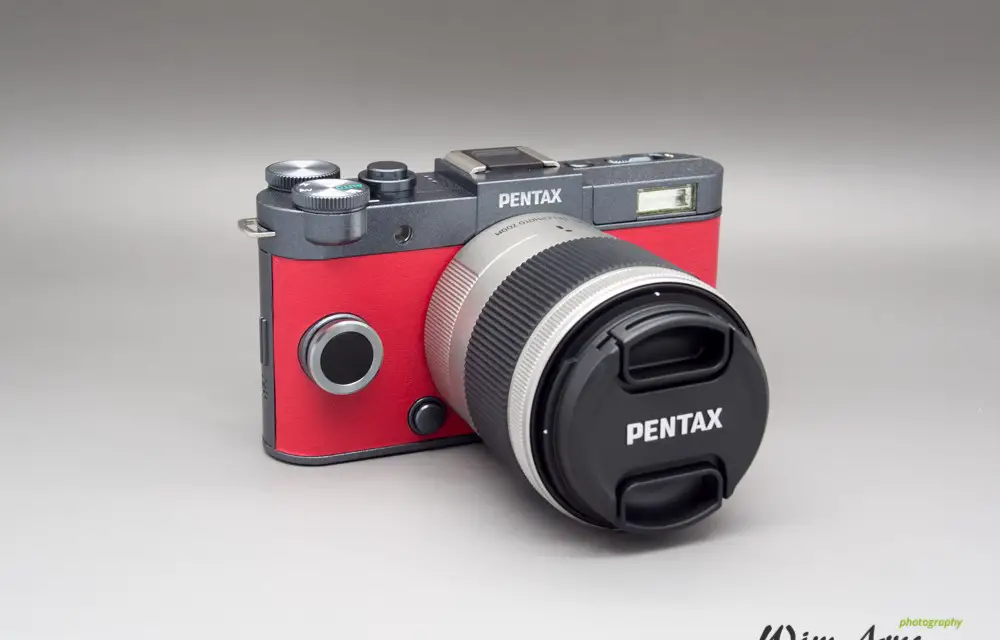
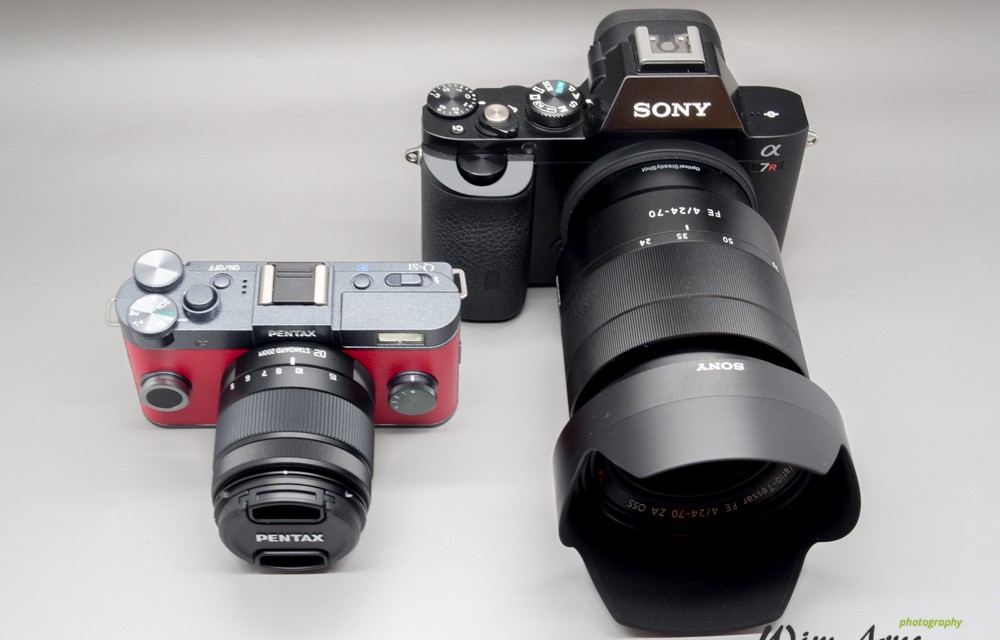
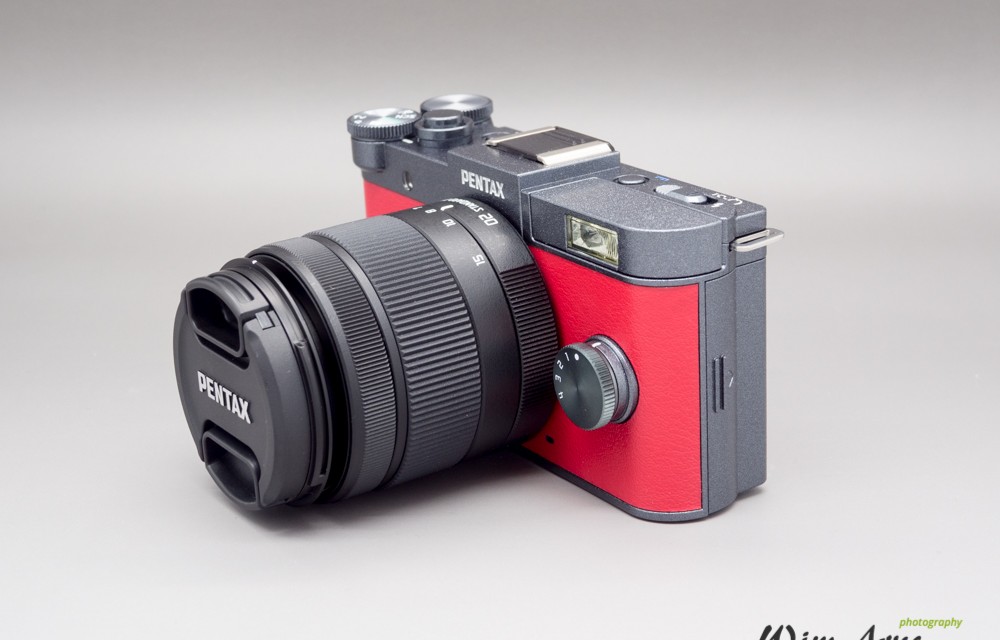
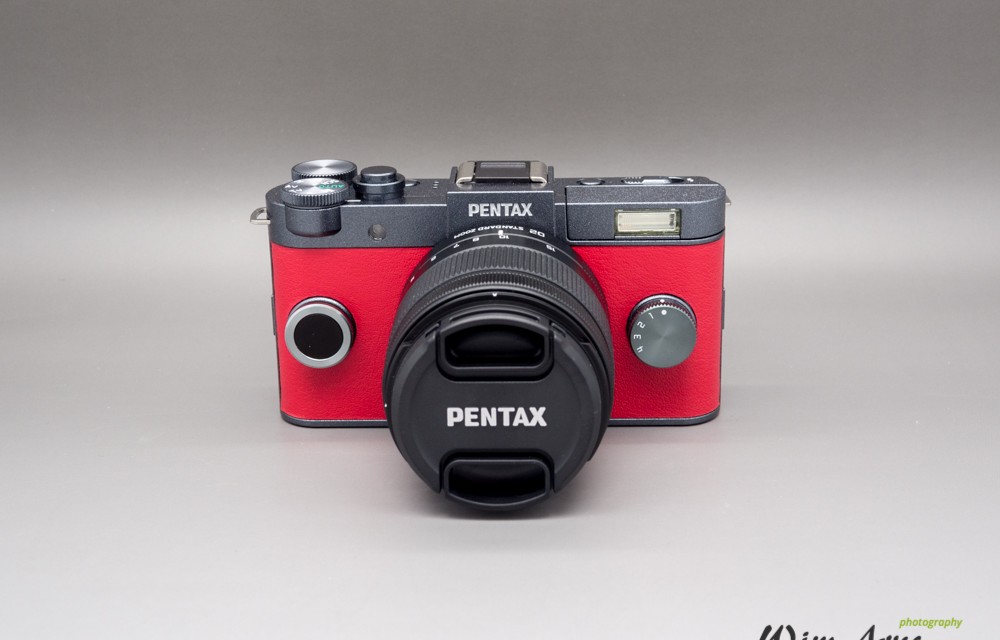
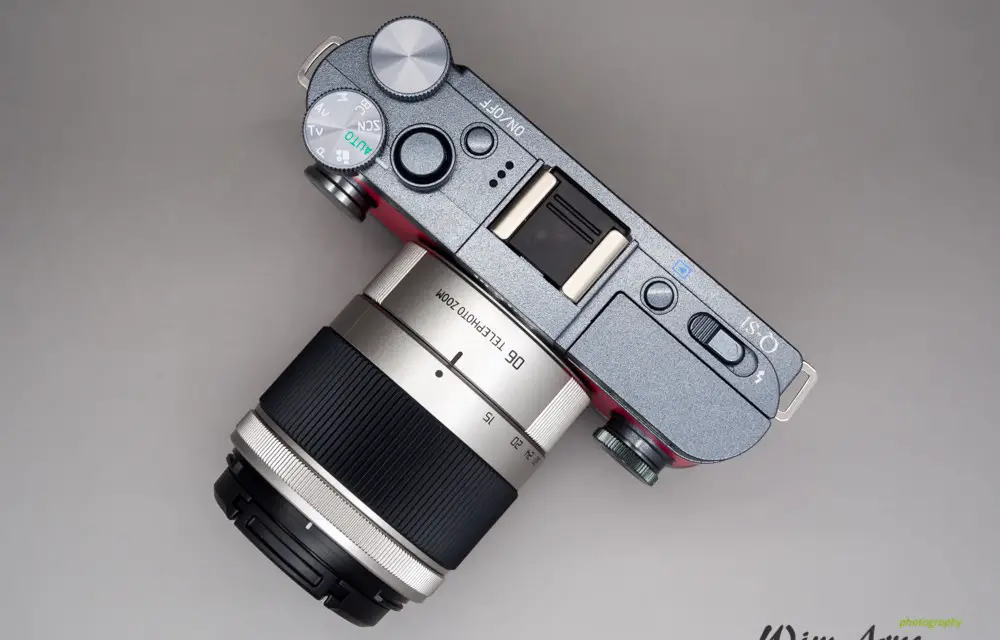
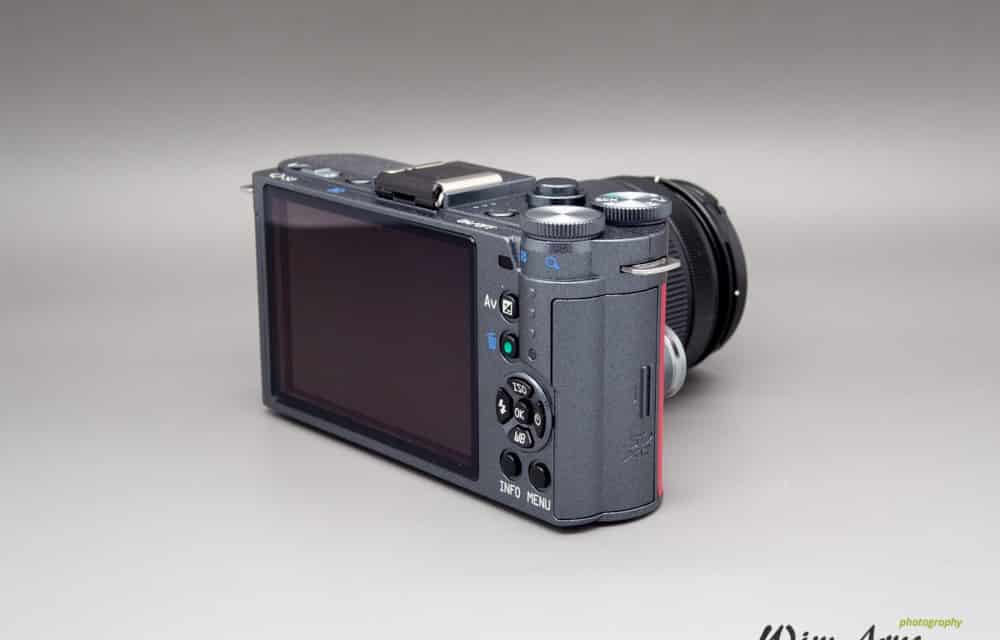
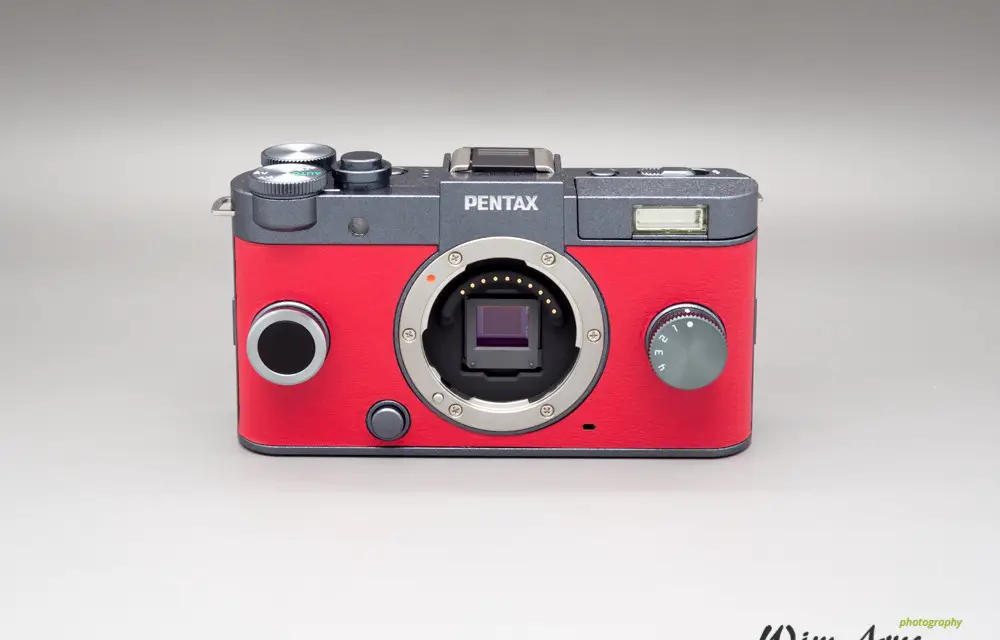








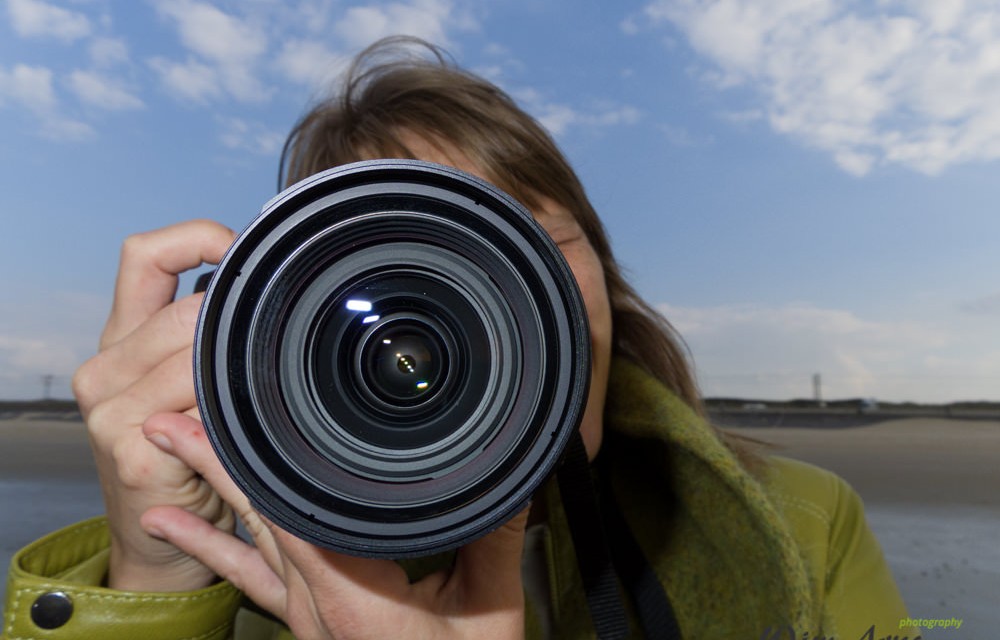

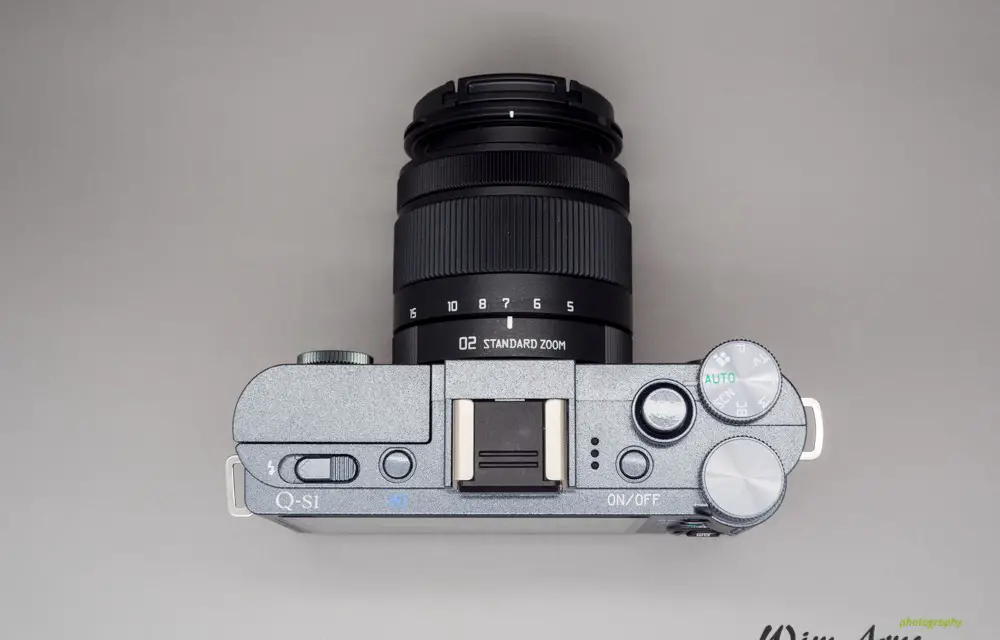



0 Comments